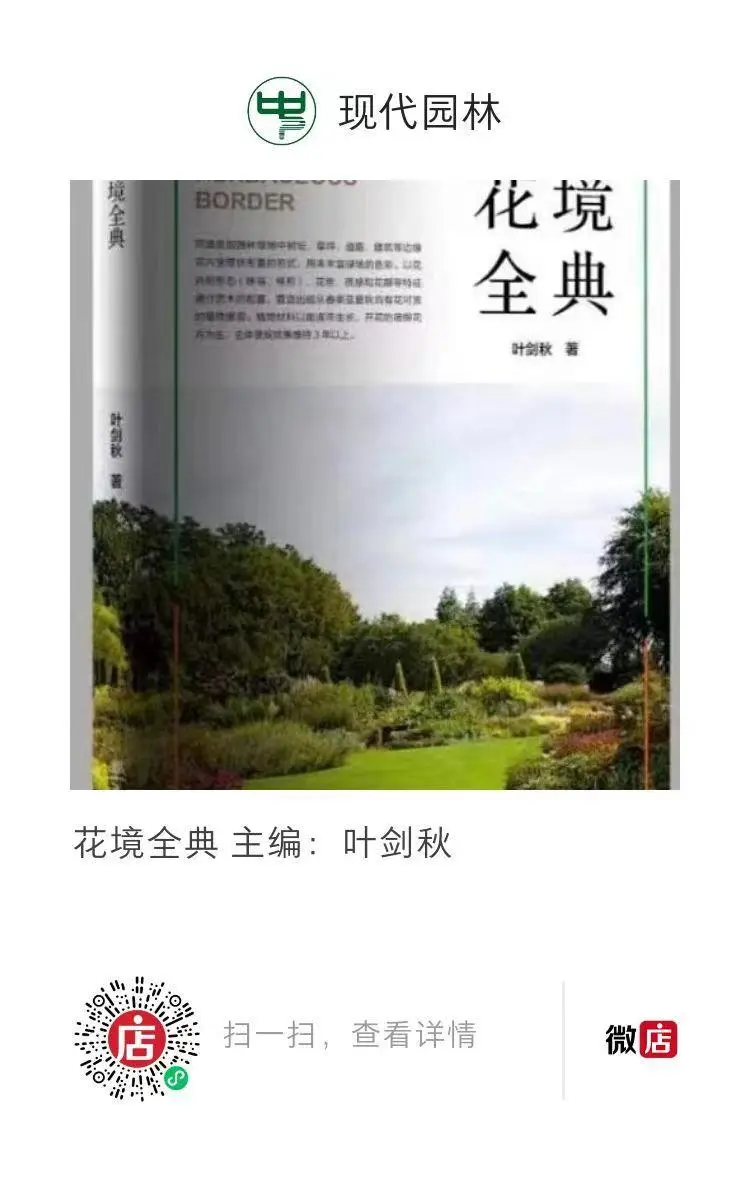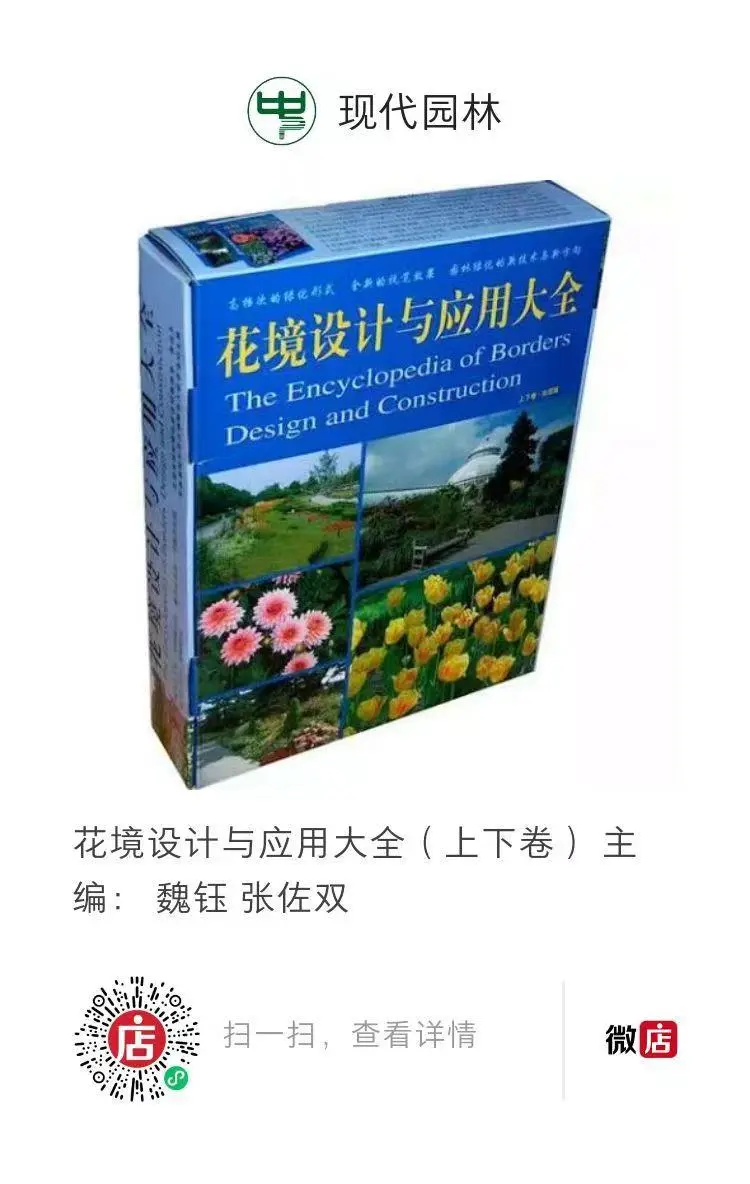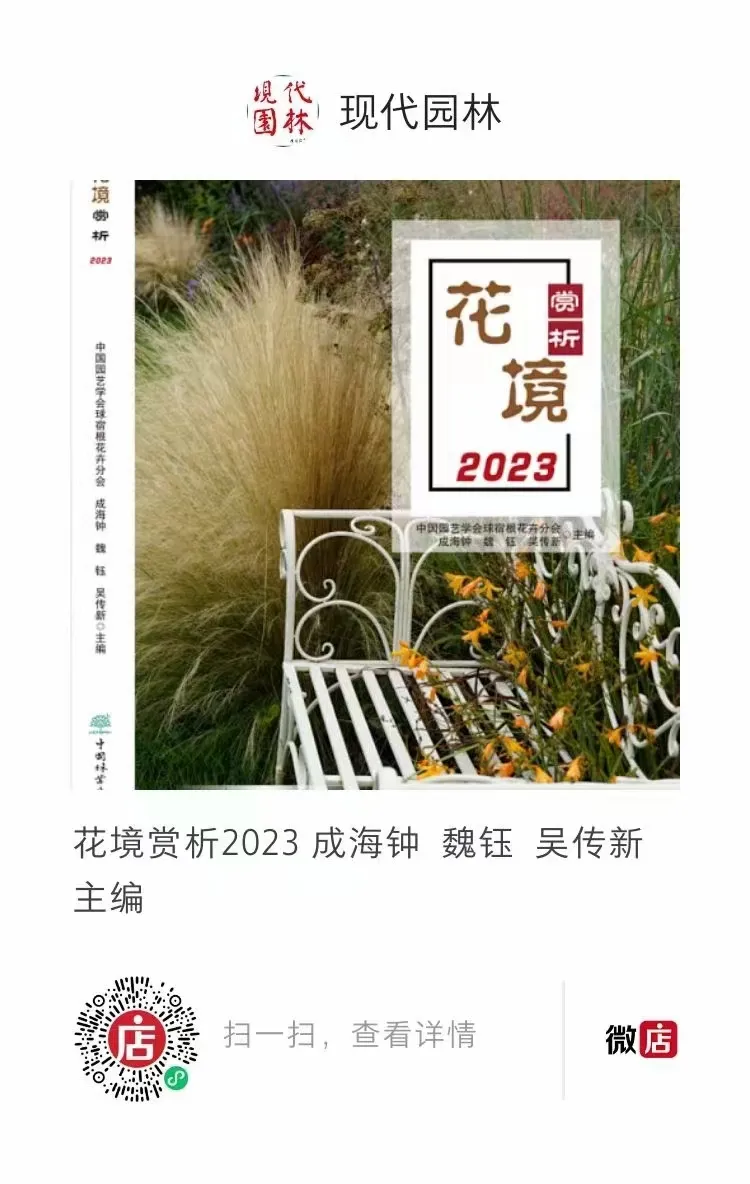
Originally mountains and rivers, all plants have their uses. Every grass and tree in nature is a gift to humanity. We may pay more attention to flowers and plants, but many roadside wildflowers and grasses also have magical effects.
You may have seen them many times without knowing their names. Today, let’s take a look at the medicinal herbs that grow by the roadside.
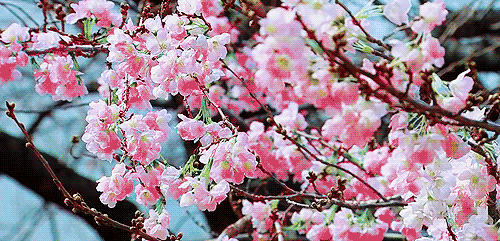

Medicinal Herbs
The exploration of medicinal herbs by the Chinese people has a history of thousands of years. Legend has it that Shennong tasted hundreds of herbs and pioneered medicine, and he is revered as the “Emperor of Medicine”.
Traditional Chinese medicine (TCM) mainly consists of herbal medicine (roots, stems, leaves, fruits), animal medicine (internal organs, skin, bones, organs, etc.), and mineral medicine. Since herbal medicine accounts for the majority of TCM, it is also referred to as traditional herbal medicine. Currently, there are about 5,000 types of medicinal herbs used across various regions, and the number of formulas created by combining different medicinal materials is countless.
The application theory of TCM is quite unique. TCM has four natures and five flavors. The four natures, also known as four properties, refer to the cold, hot, warm, and cool properties of herbs. The five flavors refer to the pungent, sour, sweet, bitter, and salty tastes of herbs. The different natures and flavors of medicinal herbs lead to various therapeutic effects.
However, all medicines have toxicity; without professional guidance, do not attempt to use them on your own to avoid problems. Only under the guidance of a professional doctor can the magical powers of herbs be fully realized! Let’s take a look at the medicinal herbs around us!
Plantago (Che Qian Cao)
Plantago is highly adaptable and can be found everywhere from the mountains and fields to roadsides and riverbanks in China. It has a sweet taste and a cold nature. It has diuretic, heat-clearing, vision-improving, and phlegm-expelling effects.
It is primarily used for urinary obstruction, cloudy urine, leukorrhea, hematuria, jaundice, edema, dysentery, diarrhea, epistaxis, red and swollen eyes, throat obstruction, cough, and skin ulcers.
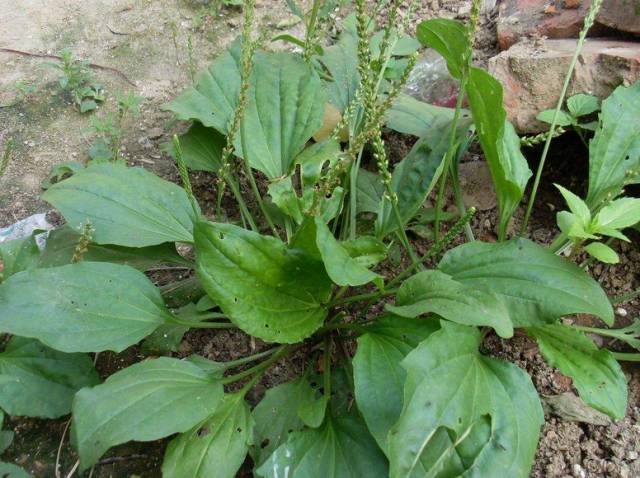
Honeysuckle (Jin Yin Hua)
Honeysuckle blooms in March, with five petals, a faint fragrance, and a red-tipped flower. When first opened, the flower is white, turning yellow after a day or two, hence the name Honeysuckle. It is also known as “Mandarin Duck Vine” because of its paired flowers that resemble a couple dancing together.
Honeysuckle has been praised since ancient times as an excellent medicine for clearing heat and detoxifying. It has a sweet and cold nature, is aromatic, and clears heat without harming the stomach, while also dispelling evil. Honeysuckle can disperse wind-heat and effectively clear blood toxins, making it useful for various febrile diseases such as fever, rashes, and sore throat.
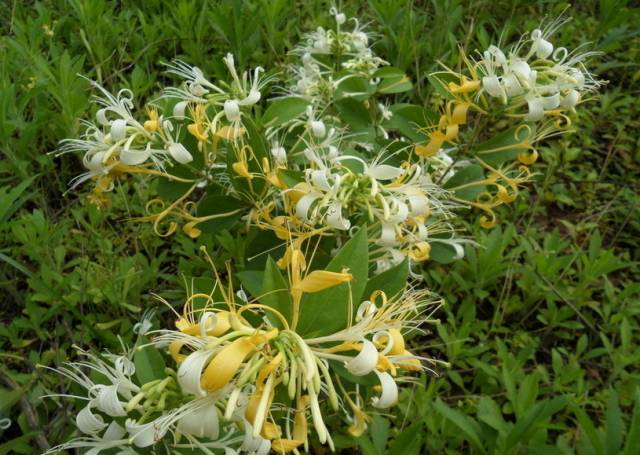
Dandelion (Pu Gong Ying)
Dandelion is a perennial herb of the Asteraceae family. Its seeds are covered with white tufts that form a fluffy ball, and after blooming, they are carried by the wind to new places to nurture new life.
Dandelion contains various healthy nutrients such as taraxasterol, taraxinic acid, and choline, which have diuretic, laxative, jaundice-reducing, and bile-promoting effects. It also contains proteins, fats, carbohydrates, trace elements, and vitamins, making it a nutritious plant that can be eaten raw, stir-fried, or made into soup.
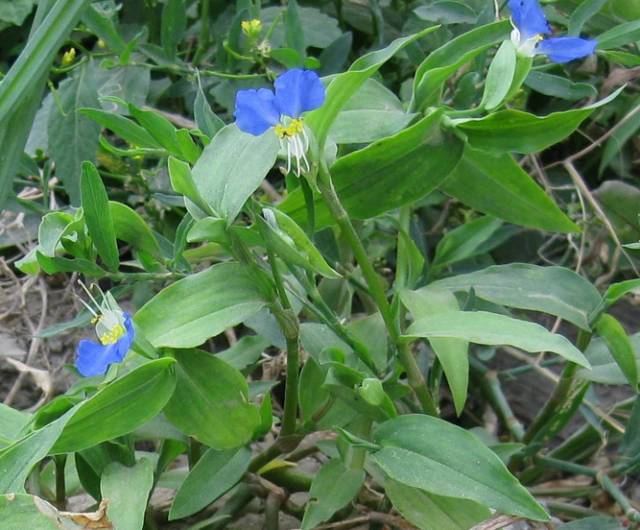
Duckweed (Ya Zhi Cao)
Also known as orchid grass or bamboo leaf grass, it has uncommon blue flowers. It is harvested in summer and autumn and dried.
It is used for colds and fevers, thirst due to heat, sore throat, edema with reduced urination, painful urination, and boils.

Chai Hu (Bupleurum)
Chai Hu is known for its ability to release the exterior and drain heat, soothe the liver, and uplift yang energy. It is primarily used for colds with fever, alternating chills and fever, malaria, liver qi stagnation, chest and rib distension, prolapse of the rectum, uterine prolapse, and irregular menstruation.
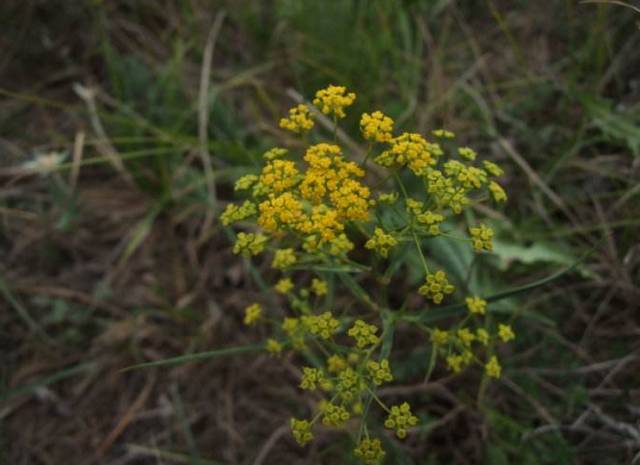
Mai Dong (Ophiopogon)
Mai Dong nourishes yin, moistens dryness, relieves irritability, and quenches thirst. It is used for heat-induced yin deficiency, dry cough, throat pain, thirst due to internal heat, irritability, insomnia, and frequent urination.

Snake Berry (She Mei)
The whole plant is used medicinally, having heat-clearing, detoxifying, blood-activating, and hemostatic effects. It is also used for snake bites and treating boils. However, it has mild toxicity, and consuming it in small amounts is generally safe, although it has a poor taste.
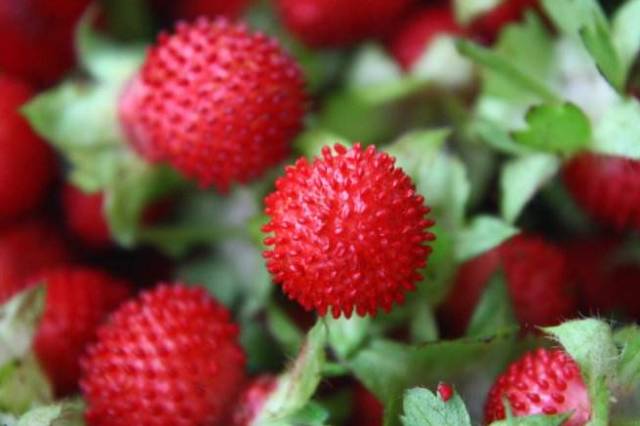
Yuzhu (Polygonatum)
Yuzhu nourishes yin, moistens dryness, relieves irritability, and quenches thirst. It is used for heat-induced yin deficiency, cough with irritability, and frequent urination.
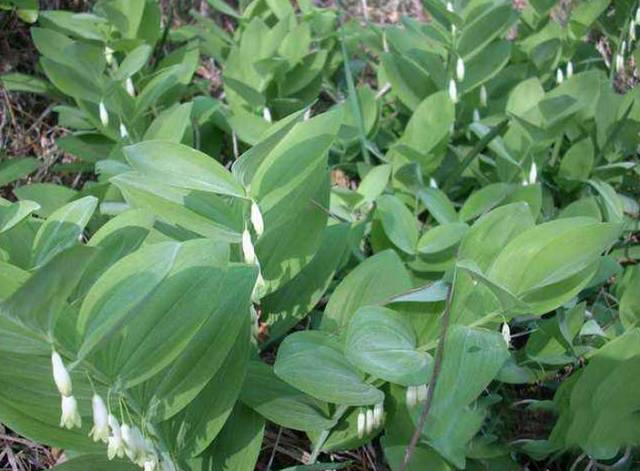
Sang Bai Pi (Mulberry Root Bark)
Sang Bai Pi is the bark of the mulberry tree root, with a sweet and cold nature, entering the lung meridian. It functions to drain lung heat and relieve cough, as well as promote urination and reduce swelling. It is used for lung heat cough, facial swelling, and urinary difficulties.

Mandrake (Man Tuo Luo)
Mandrake is toxic and serves as a sedative, relaxing muscles. It was a key ingredient in ancient anesthetics and has various uses in folk medicine. Chewing ten seeds can treat insomnia.
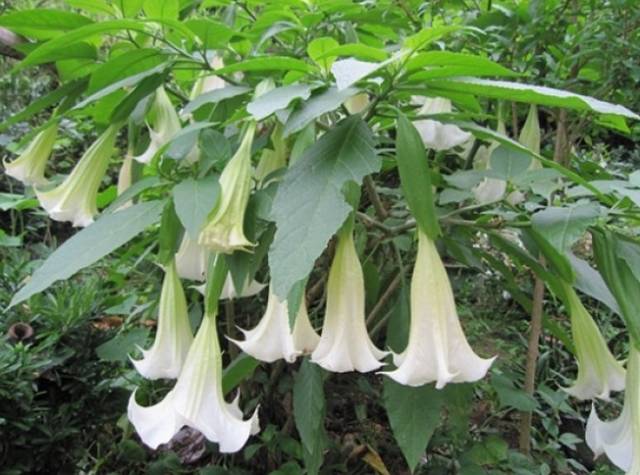
Ghost Needle Grass (Gui Zhen Cao)
When young, it can be eaten as a vegetable and is said to be effective in lowering transaminases. It can also disperse liver heat.
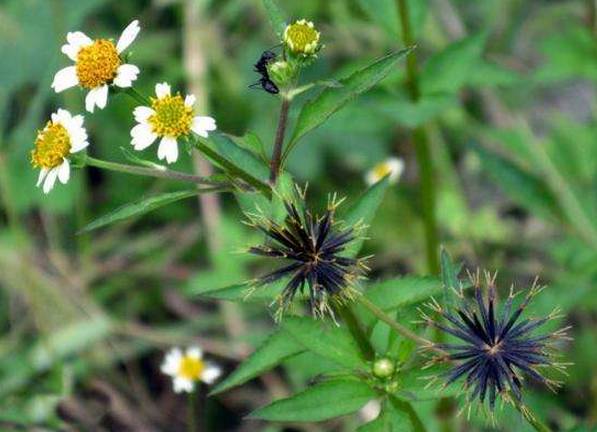
Bitter Herb (Ku Cai)
Bitter Herb is the tender leaf of the plant known as bitter lettuce. It has both medicinal and edible properties. It is known for its heat-clearing, blood-cooling, detoxifying, vision-improving, and stomach-soothing effects. It is used for dysentery, jaundice, blood in urine, and various other conditions.
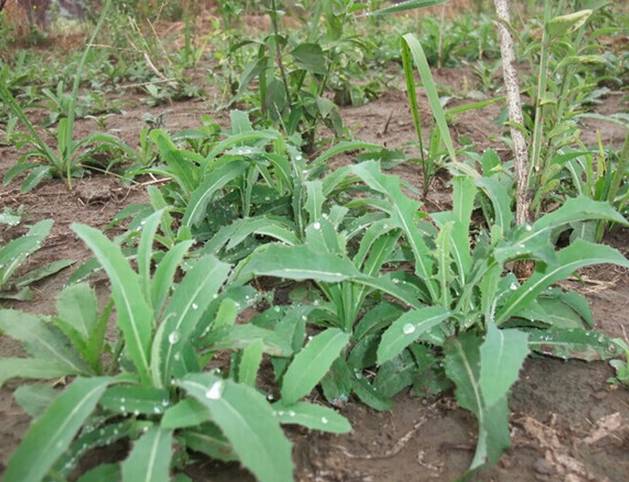
Qing Cao (Qing Cai)
There are both wild and cultivated varieties. It is listed as a superior herb in the “Shennong Bencao Jing” and is beneficial for health. The wild variety can promote the function of the five organs, while the root can effectively treat swellings when used externally.
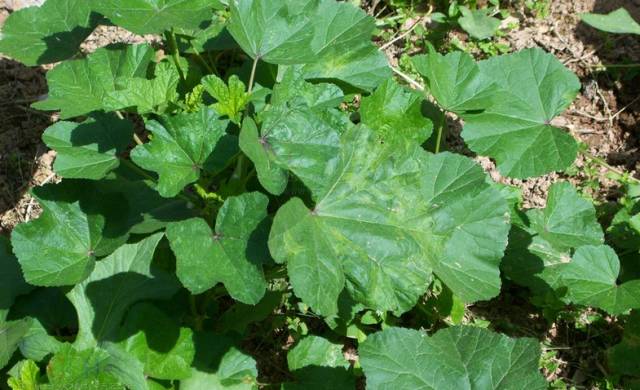
Nettle (Xian Ma)
Contact with its stinging hairs can cause a prickling sensation, and many people feel pain when touched. It is commonly used in soups or fried with eggs and is said to treat children’s coughs and toothaches.
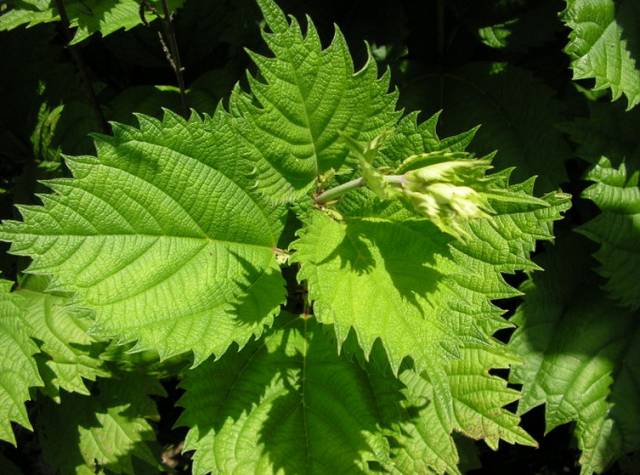
Dragon’s Bane (Long Kui)
It clears heat and treats tumors and is also a commonly used wild vegetable with liver-protecting, stomach-strengthening, and vision-improving effects.
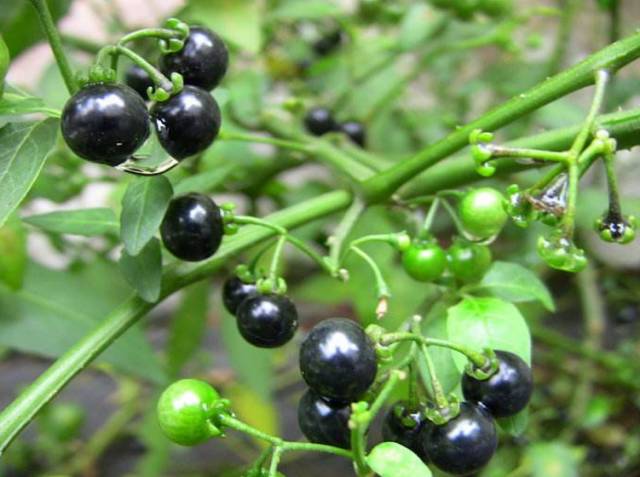
Spiny Thistle (Jiāo Gǔ Lán)
Commonly found throughout the country, it grows in sandy, barren lands, hills, and near residential areas. When fresh, it can be used as animal feed. The fruit is medicinal and can clear the liver and improve vision, as well as promote blood circulation.
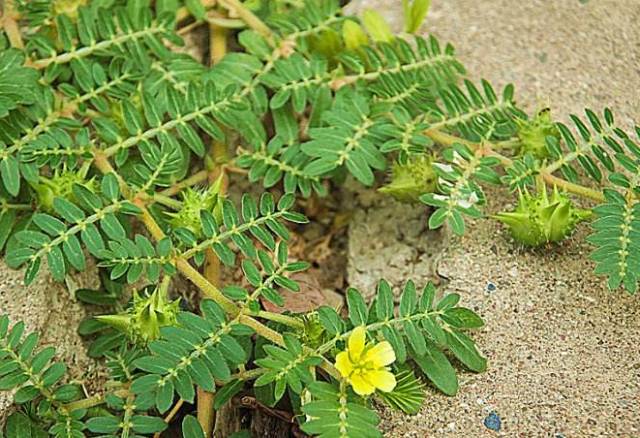
He Shou Wu (Fo-Ti)
It is used to tonify and nourish qi and blood, with a neutral flavor that can be consumed regularly. It detoxifies and promotes bowel movements without harming yin. The vine has calming and blood-nourishing effects.
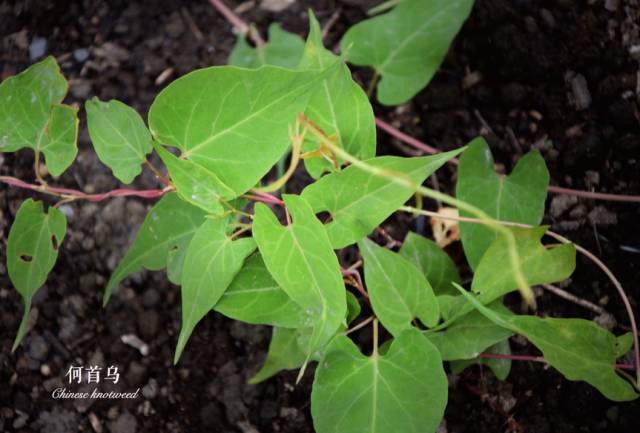
Wild Mint (Ye Bo He)
It has a similar taste and effect to cultivated mint, dispersing wind-heat, eliminating foul odors, and detoxifying fish and shrimp poison.
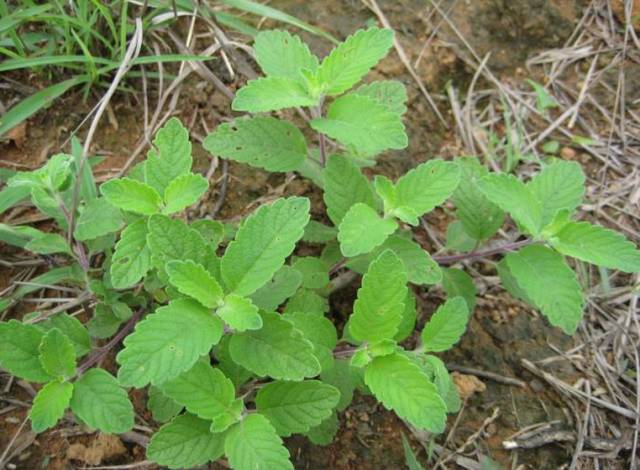
Palm (Zhong Zhu)
The palm fibers, flowers, and roots are used medicinally and have astringent properties that can stop bleeding, particularly effective for gynecological discharge.
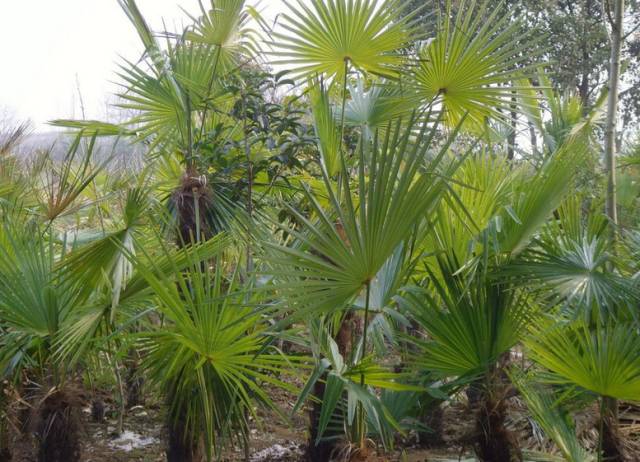
Summer withered grass (Xia Ku Cao)
It is a common ingredient in herbal teas, such as those made by Wanglaoji and Heqizheng, utilizing its heat-clearing properties to eliminate damp heat and prevent heatstroke.
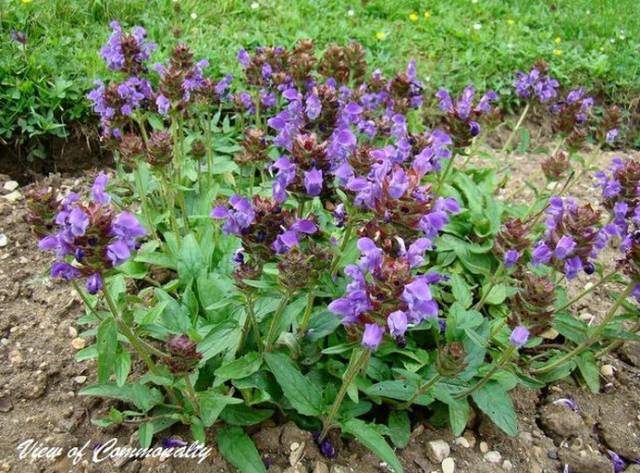
Motherwort (Yi Mu Cao)
Motherwort can be used as a whole herb, with effective components including leonurine and various alkaloids. It has a spicy and bitter taste, with a cooling nature. It promotes blood circulation, regulates menstruation, alleviates pain, promotes urination, and clears heat and detoxifies. It is used for irregular menstruation, dysmenorrhea, postpartum blood loss, abdominal pain due to blood stasis, kidney pain with edema, and hematuria.
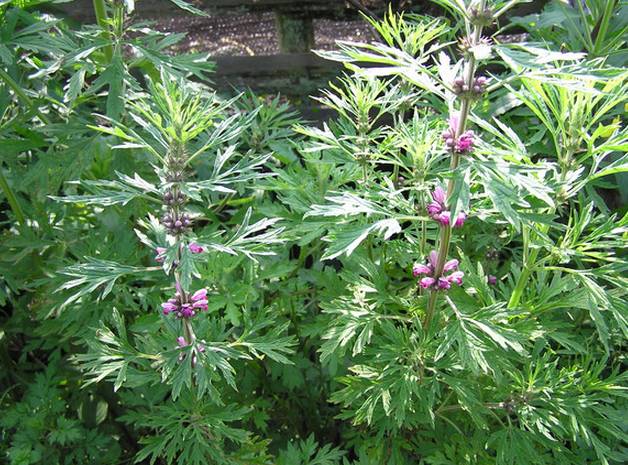
Jue Ming Zi (Cassia Seed)
The seeds are used in traditional medicine for their vision-improving properties. The commonly known Jue Ming Zi tea is made from these seeds. They are harvested in autumn when the fruits are ripe, dried, and the seeds are extracted. Jue Ming Zi has a bitter, sweet, and salty taste, with a slightly cold nature, entering the liver, kidney, and large intestine meridians. It moistens the intestines, promotes bowel movements, lowers lipids, and improves vision, treating constipation, hyperlipidemia, and hypertension.

She Chuang Zi (Cnidium Seed)
This herb warms the kidneys, strengthens yang, dries dampness, dispels wind, and kills parasites. It is used for impotence, cold uterus, dampness-related discharge, and external treatments for eczema, vaginal itching, and trichomonas vaginitis.
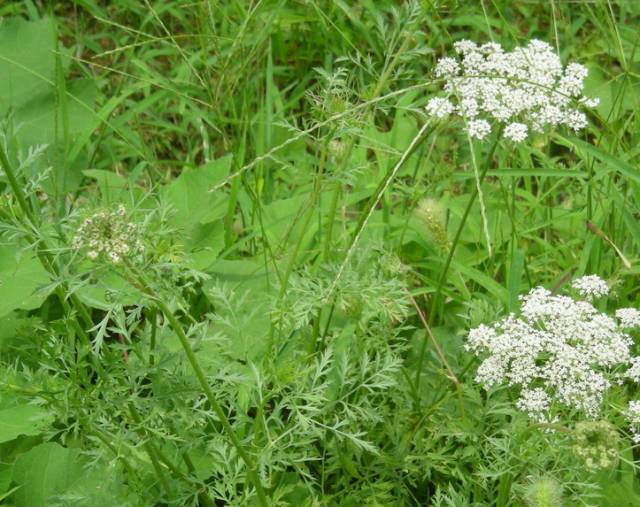
Jiao Gu Lan (Gynostemma Pentaphyllum)
Gynostemma is abundant in the wild, especially in the south, where it is valued and referred to as southern ginseng. It is used for fatigue, deficiency, leukopenia, hyperlipidemia, viral hepatitis, chronic gastroenteritis, and chronic bronchitis.
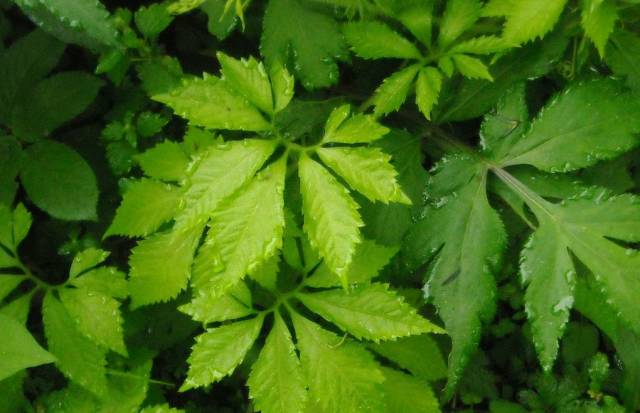
Zi Yun Ying (Astragalus Root)
The honey from the flowers of Astragalus is cultivated widely in China and is an important green manure crop and livestock feed. The roots, whole herb, and seeds can be used medicinally, having effects of dispelling wind, improving vision, tonifying the spleen, and boosting qi, as well as detoxifying and relieving pain.
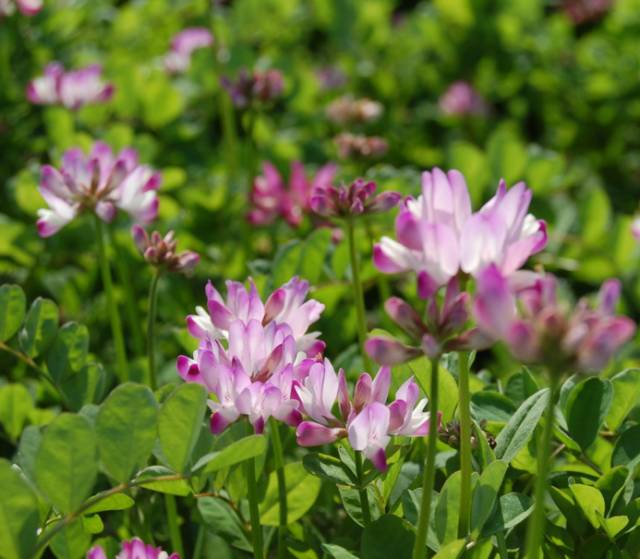
Shennong tasted hundreds of herbs to discover the essence of traditional Chinese medicine. It is hard to imagine how many trials our ancestors went through to discover so many ordinary yet magical medicinal herbs.
However, it is important to remind everyone to use these herbs under the guidance of a physician, as all medicines have toxicity and should not be taken lightly! Note: The images and text are sourced from the internet and public platforms, representing the original author’s ideas for learning and sharing purposes only, and should not be used for any commercial purposes. Copyright belongs to the original author. If there are any infringements of your rights, please let us know, and we will handle it promptly. Thank you!We welcome you to leave comments or messages below, and the editor will select and display them!
Note: The images and text are sourced from the internet and public platforms, representing the original author’s ideas for learning and sharing purposes only, and should not be used for any commercial purposes. Copyright belongs to the original author. If there are any infringements of your rights, please let us know, and we will handle it promptly. Thank you!We welcome you to leave comments or messages below, and the editor will select and display them!
Modern Landscaping
ID: xiandaiyuanlin

Long press the QR code to follow
Images
Books
Recommendations
